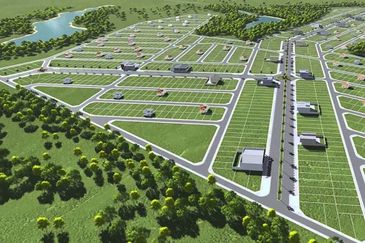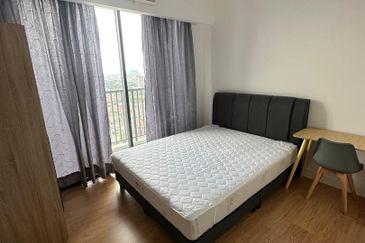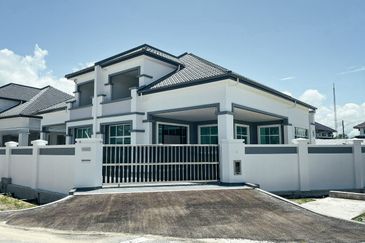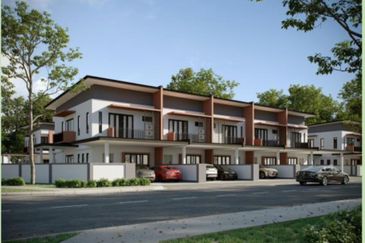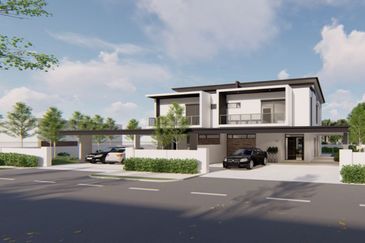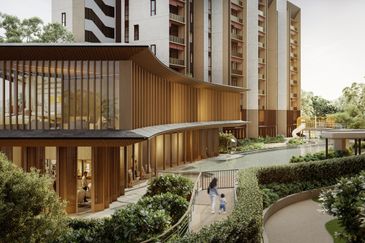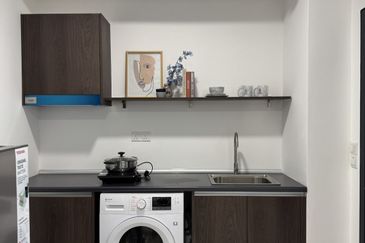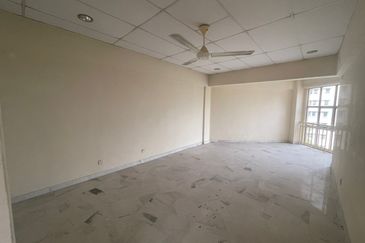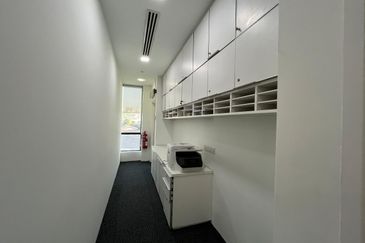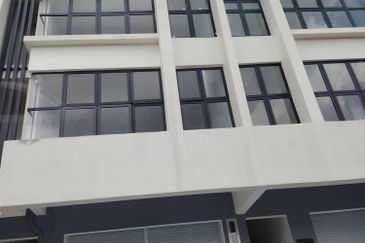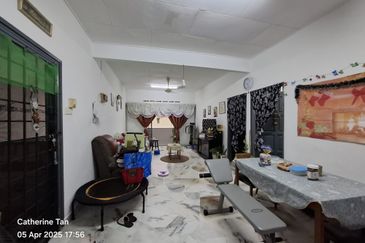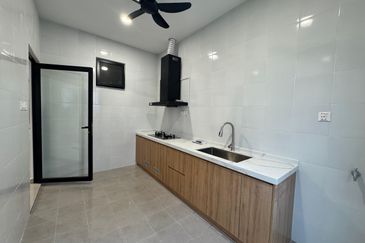
- The Federal Court decisively held that Section 16M of the HDA refers to “a claim”, and not to “all the claims” in respect of the monetary limit, and therefore, each split claim before the Tribunal should be assessed separately and distinctly from each other.
Recently, the Federal Court, in the case of Remeggious Krishnan vs SKS Southern Sdn Bhd (previously known as MB Builders Sdn Bhd) Civil Appeal no. 02(f)-50-09/2021(J), confirmed that homebuyers can bring separate claims involving the same property in order to stay within the RM50,000 jurisdictional limit of the Tribunal for Homebuyers’ Claims or Tribunal Tuntutan Pembeli Rumah (TTPR), and that the RM50,000 limit is for each separate claim, not the total combined claims for the same property.
To understand this, we must first know exactly what the scope and jurisdiction of the TTPR is.
Jurisdiction of Housing Tribunal
The TTPR, also known as the “Homebuyer’s Tribunal” or “Housing Tribunal”, was established in 2002 vide an amendment to the Housing Development (Control and Licensing) Act 1966 (HDA). Its purpose is to provide an affordable and expedient route for homebuyers to bring claims against licensed developers for matters arising from sale and purchase agreements (SPA).

A claim can be brought by anyone who has purchased a house from a developer, even if the homebuyer happens to be a subsequent purchaser.
It is also important to note that a claim can only be brought to the Tribunal if the cause of action arises from the SPA itself and within the specific time frame laid down in Section 16N(2) of the HDA, which is within 12 months from either one of the following:-
a. The date of issuance of the certificate of completion and compliance (CCC) for the housing accommodation or common facilities, whichever is later
b. The expiry date of the defect liability period (DLP) as set out in the SPA
c. The date of termination of the SPA (which has occurred before the issuance of the CCC)
This means even if there is no SPA entered into between the homebuyer and the developer at the time the cause of action accrues, the Tribunal still has the jurisdiction to hear the matter if there exists a previous dealing between the homebuyer and the developer in respect of the acquisition of the housing accommodation.
However, the Tribunal only has the jurisdiction to award a maximum RM50,000 monetary compensation with respect to the homebuyer’s claim.
The case of Remeggious Krishnan vs SKS Southern Sdn Bhd
In the Remeggious Krishnan case, the Federal Court decisively dealt with the issue.
In this case, the appellant entered into an SPA with the respondent, which is the developer of a residential project known as Sky Habitat. According to the SPA, the vacant possession of the unit is deemed delivered when “the water and electricity supply are ready for connection to the [unit]”.
However, the respondent has delivered vacant possession of the unit without electricity connection. The appellant then filed two separate claims with the Tribunal. One, for failure to provide adequate ceiling height and protruding beams and pillars, which amounted to RM40,000 – dubbed “the technical claim”. Two, for delay in the connection of electricity supply, which amounted to RM49,832.00 – dubbed “the non-technical claim”.
The Tribunal allowed the non-technical claim and awarded a sum of RM16,452.05 and costs of RM400 in favour of the appellant. The respondent applied for a judicial review against this award. The High Court upheld the award, but the Court of Appeal overruled the High Court’s decision and quashed the award.
The appellants’ appeal to the Federal Court concerned mainly the jurisdiction of the Tribunal in respect of Sections 16Q and 16M of the HDA, and specifically concerning the jurisdiction of the Tribunal to split claims as well as issues pertaining to the delivery of vacant possession.
Apex court rules split claims allowed
Section 16Q of the HDA provides that the Tribunal does not have the jurisdiction to hear claims that are split, nor, if there is more than one claim brought, for the same matter against the same party.
Furthermore, Section 16M(1) of the HDA provides that RM50,000 is the limit for a claim brought within the jurisdiction of the Tribunal. For anything more, the Tribunal does not have the jurisdiction to hear it.
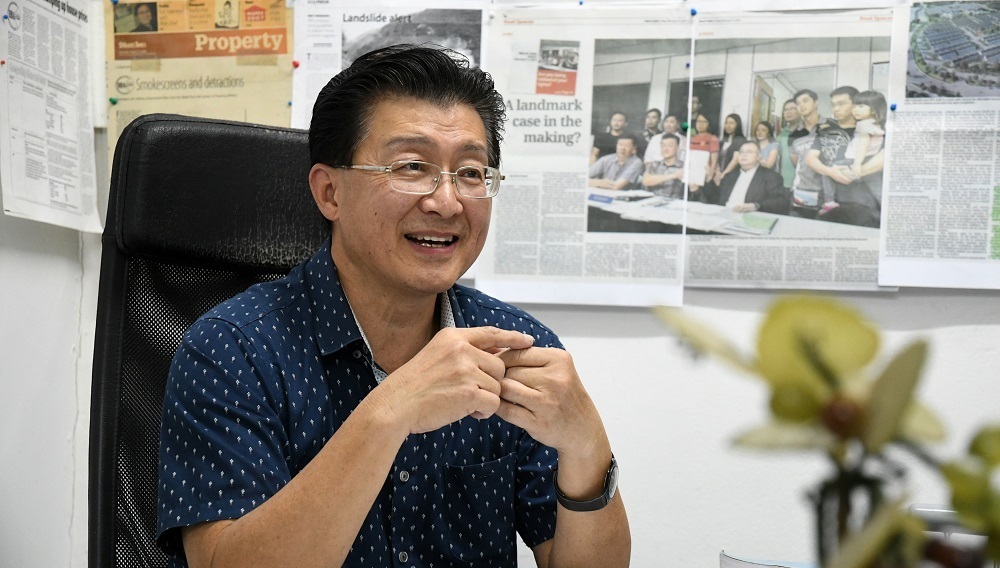
The issue brought to the Federal Court in the Remeggious Krishnan case was whether a claimant could bring to the Tribunal more than one claim in respect of the same property where the total amount of those claims exceed RM50,000.
While the Court of Appeal held that the phrase “same matter” in Section 16Q meant that all the claims filed must refer to the same matter, that is, the “same property”, the Federal Court did not share the same view. They held that “if it was the Parliament’s intention for “the same matter” to be interpreted as “the same property” as suggested by the Court of Appeal, the drafters of the legislation would have used the term “property” or “housing accommodation”, so the “same matter” could only mean the same issue or type of claim.
Furthermore, the Federal Court decisively held that Section 16M of the HDA refers to “a claim”, and not to “all the claims” in respect of the monetary limit, and therefore, each split claim before the Tribunal should be assessed separately and distinctly from each other, and if each claim is different and distinct from the other, those claims fall within the jurisdiction of the Tribunal.
The Federal Court also very clearly spelt out that this might encourage some ambitious homebuyers to split their claims in order to circumvent the monetary limit in Section 16M of the HDA. For example, a claim of liquidated ascertained damages in the total sum of RM80,000 may be split by the purchaser into two claims of RM40,000 each. In such cases, the Federal Court held that the Tribunal may exercise its discretion to disallow such claims to be split on the basis that it contravenes Section 16Q as it is the “same matter” against the same party.
HDA – a social legislation
The HDA is designed to protect homebuyers, and is in fact, a social legislation. This fact was reiterated in the Remeggious Krishnan case by the Federal Court. The Federal Court even emphasised that with this fact in mind, any term or provision in the statute must be interpreted in a way which ensures maximum protection for the homebuyers against the developer.
This fact is also upheld in many cases that have reached all the way up to the Federal Court. For example, in Ang Ming Lee & Ors vs Menteri Kesejahteraan Bandar, Perumahan dan Kerajaan Tempatan & Anor and Other Appeals [2020] 1 MLJ 281 and PJD Regency Sdn Bhd vs Tribunal Tuntutan Pembeli Rumah & Anor and Other Appeals [2021] 2 MLJ 60, both held that the protection of homebuyers must be the “paramount consideration” in matters concerning developers and purchasers, and that the HDA “exists for the protection of the interests of purchasers and for matters connected therewith”.
What this means for homebuyers
This essentially means that homebuyers can bring more than one claim to the Tribunal in respect of the same property arising from the SPA. However, each claim must be distinct and different from the other, and each claim must be within the RM50,000 monetary limit.
This article is intended to offer an insight of the case authorities and is not intended to be nor should it be relied upon as a substitute for legal or any professional advice.
This article is jointly written by Claudia Silva, LL.B (Hons) Essex, Bar of England & Wales (Inner Temple), LL.M., Cardiff and Datuk Chang Kim Loong, Hon Secretary-General of the National House Buyers Association (HBA).
HBA can be contacted at: Email: info@hba.org.my Website: www.hba.org.my Tel: +6012 334 5676
TOP PICKS BY EDGEPROP

Taman Merlin, Samarahan
Kota Samarahan, Sarawak
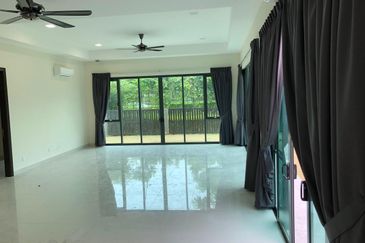
Charms of Nusantara, Setia Eco Glades
Cyberjaya, Selangor



